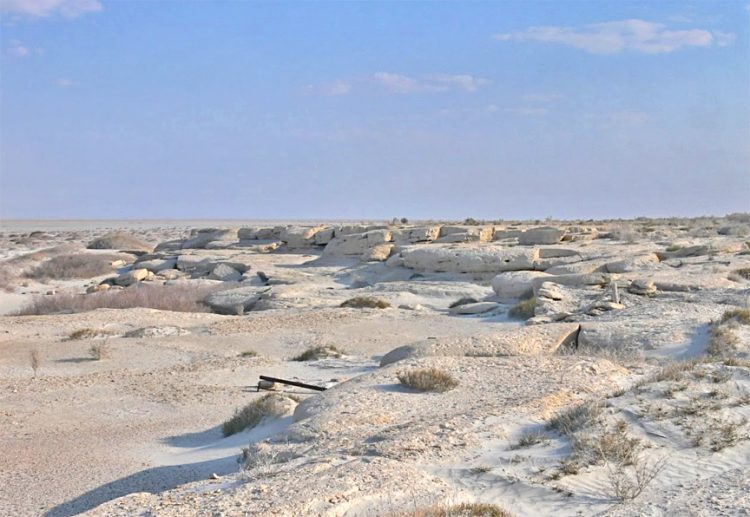
Vozrozhdeniya – Probably the Deadliest Former Island on Earth
Vozrozhdeniya was once an isolated island in the Aral Sea. Today, it’s a wasteland infused with tonnes of anthrax, as well as other exotic and

Vozrozhdeniya was once an isolated island in the Aral Sea. Today, it’s a wasteland infused with tonnes of anthrax, as well as other exotic and
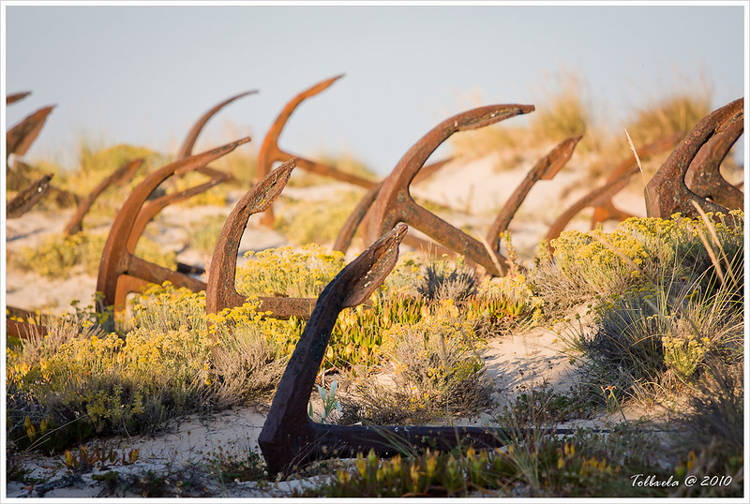
The sand dunes behind Barril Beach on Portugal’s southern Algarve Coast are home to over 200 rusty anchors abandoned there almost 60 years ago by
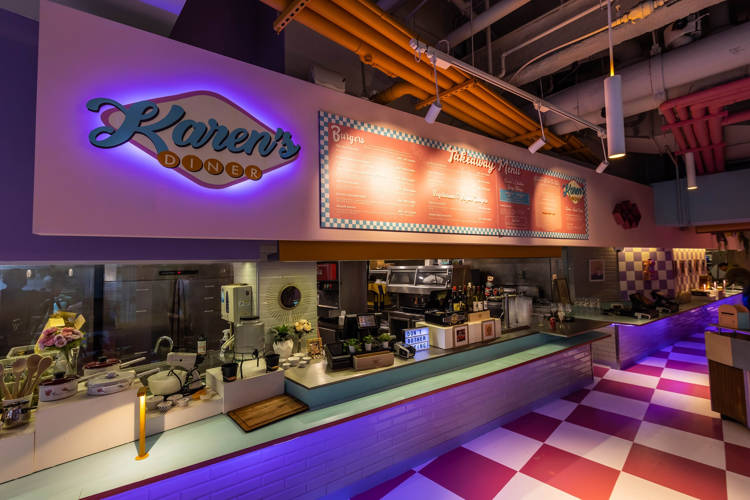
If your idea of a nice meal out on the town happens to include rude restaurant staff that’s actually paid to insult and ridicule you,
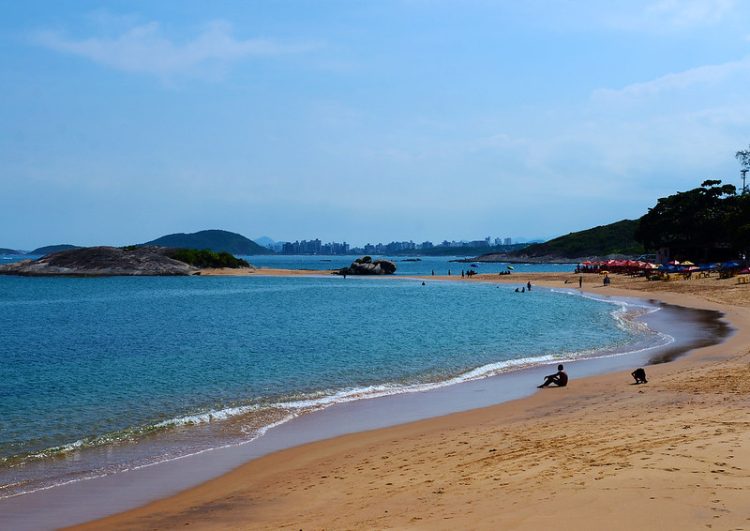
The Areia Preta beach in the Brazilian city of Guarapari is famous for its black sand which has external radiation levels of almost 400 times
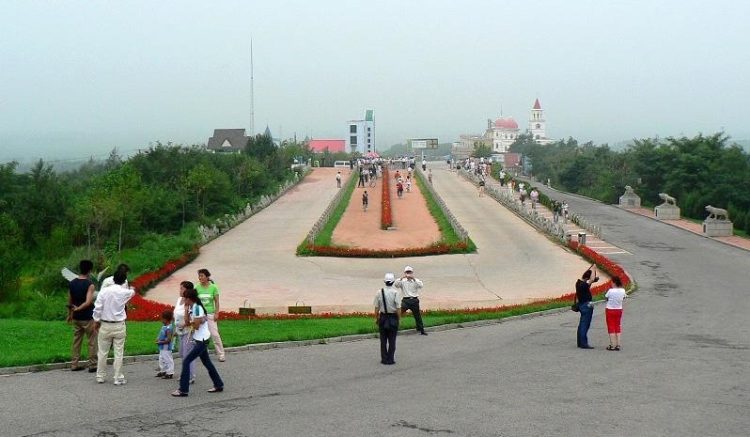
Strange Slope is a natural tourist attraction in China’s Liaoning Province, where a strange phenomenon causes things to roll uphill and prevents them from rolling
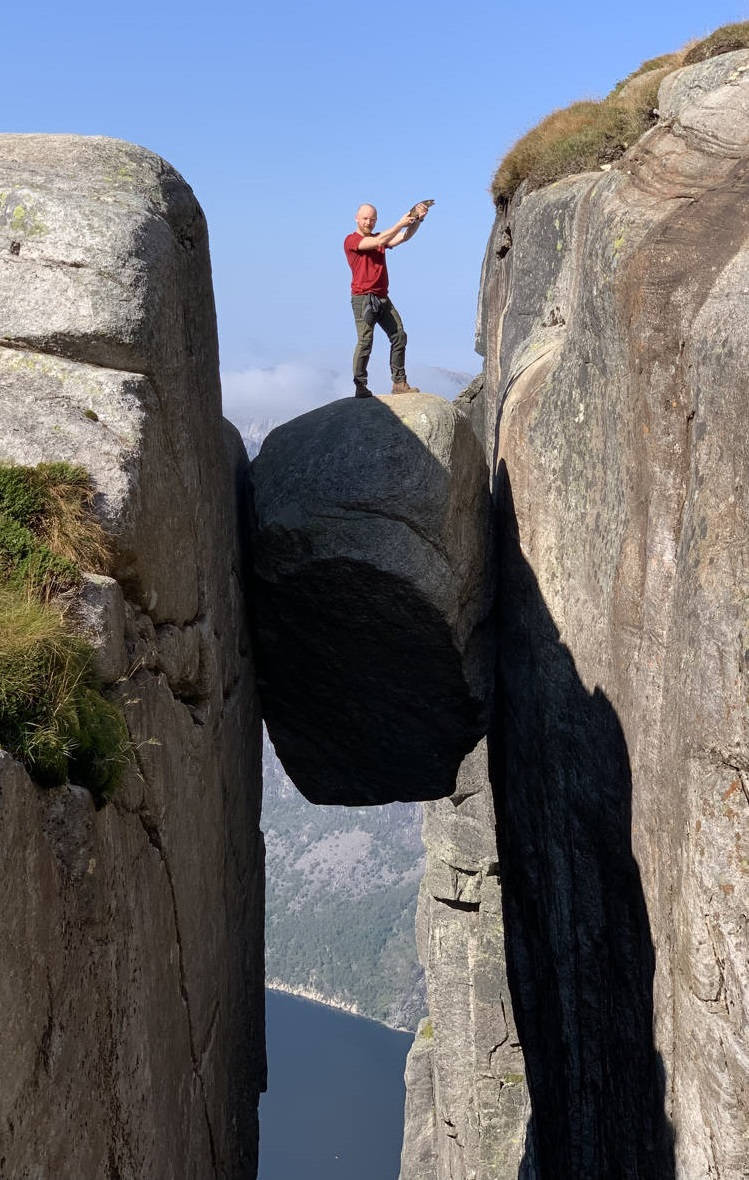
Kjeragbolten is one of the most instagrammable places in Norway. It’s an ancient boulder wedged in a crevasse by the edge of Kjerag mountain, in
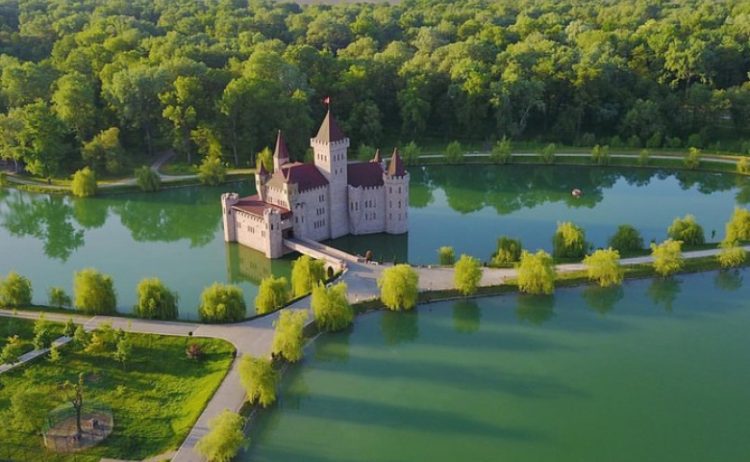
Chateau Erken, in the Russian Federation’s Kabardino-Balkaria autonomous republic, looks like an extremely well-preserved medieval castle, but in reality, this architectural wonder is just over
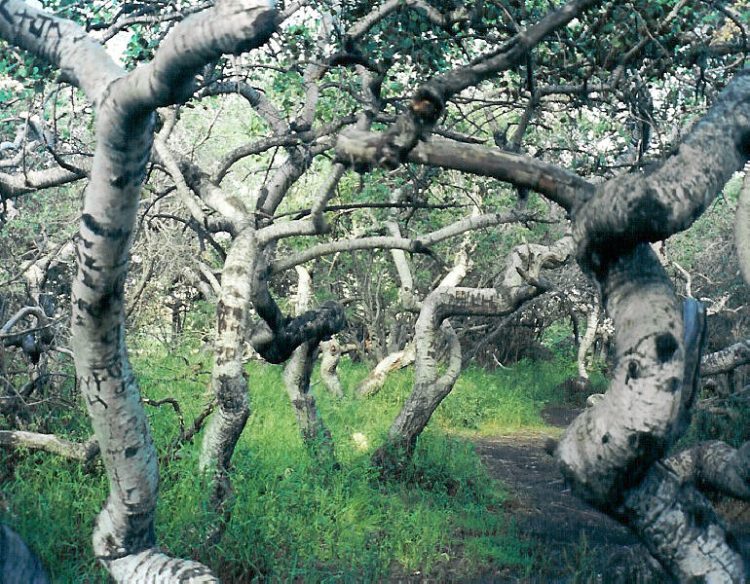
Saskatchewan’s Crooked Bush, a small grove of aspen trees that grew in a very unusual way, is a botanical oddity that has fascinated both tourists
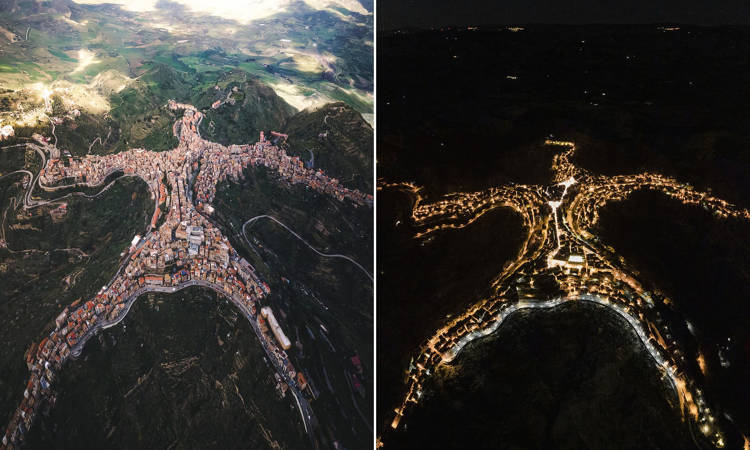
Centuripe, a small town tucked in the hills of Sicily, is known as “the balcony of Sicily” for the stunning views it offers across to
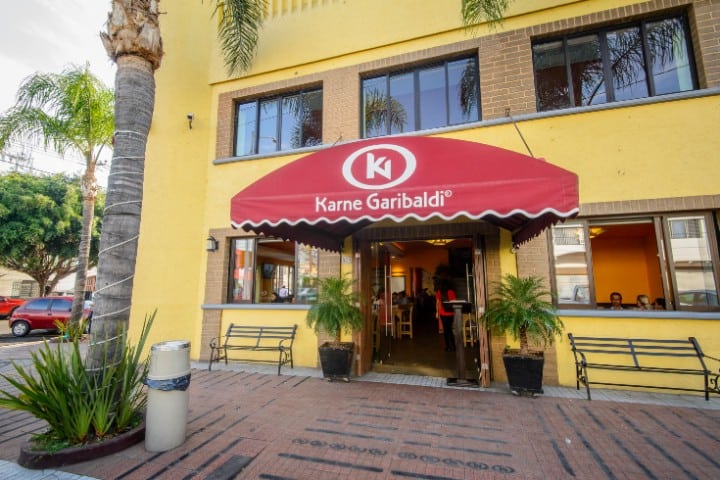
Karne Garibaldi, a popular restaurant in Guadalajara, holds the Guinness record for the world’s fastest food service: 13.5 seconds from order time until the food

The famous Trembling Rock of Huelgoat forest, in northeastern France, is a 7-meter-long, 137-tonne block of granite that anyone can move with their own hands,
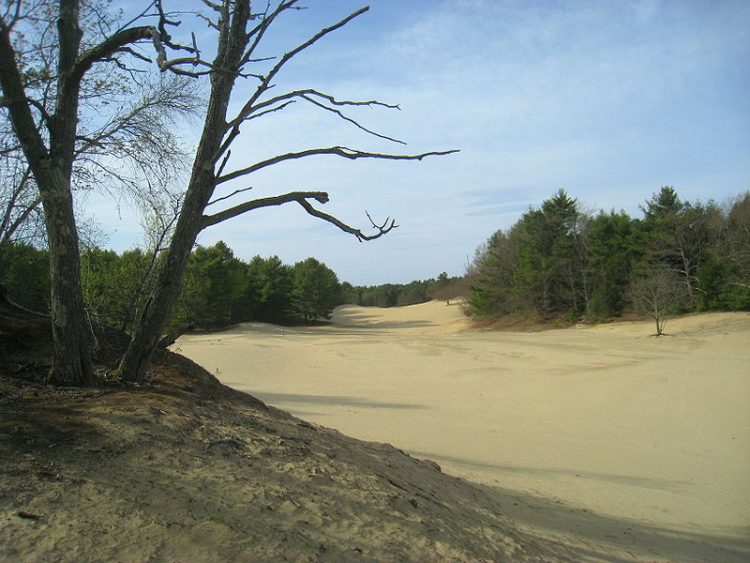
The Desert of Maine, a 40-something-acre patch of sand and silt near the town of Freeport, is a geological oddity, natural wonder, and a warning
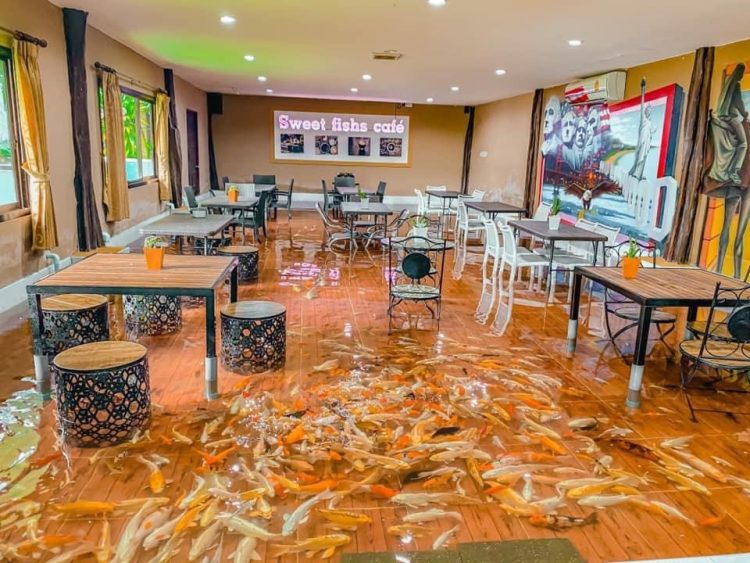
Imagine a place where you can enjoy your favorite cup of coffee in the company of dozens of koi fish as they swim through ankle-deep
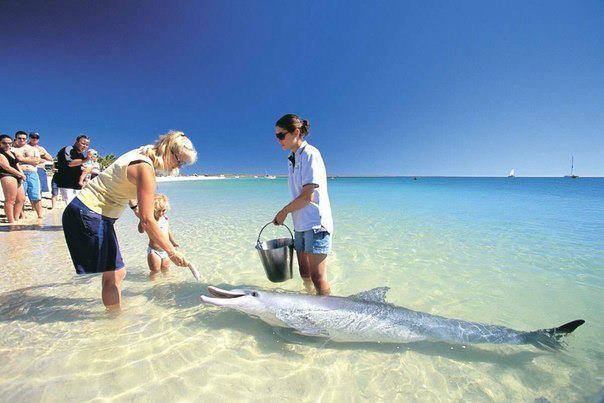
If you’ve ever wanted to see a dolphin up-close in its natural habitat, and, if you’re lucky, even hand feed it a tasty treat, there’s
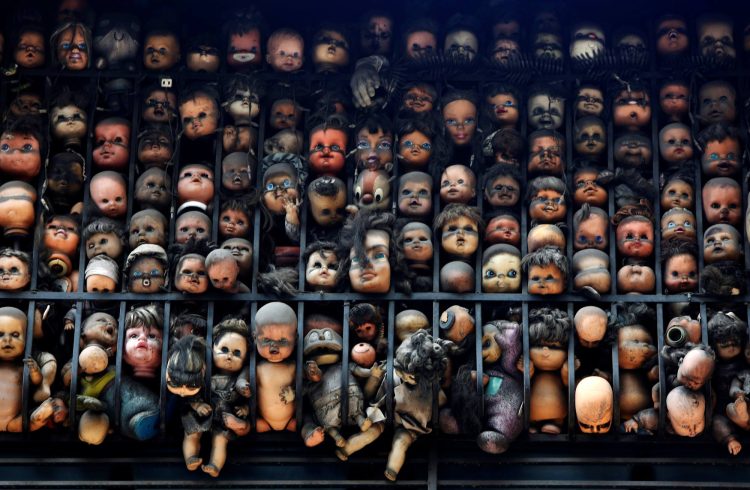
The “Balcony of the Dolls” is an eerie landmark in central Caracas, the capital of Venezuela. It consists of a large balcony lined with old